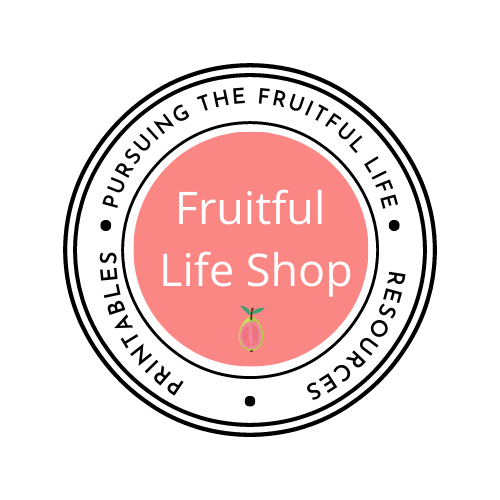Welcome to Week 9, Sight Seeing, in the Charlotte Mason Home Education Read-Along Series.

Sight Seeing
This week we are reading pages 45-48 of the Home Education volume. If you would like to see the rest of these posts all in one place you may view them HERE. And don’t forget to download your free worksheets to go with each reading! If you are interested in a Charlotte mason “curriculum”, our favorite resource is Ambleside Online.
carried on in the spirit of a game, and yet with the exactness and the carefulness of a lesson.
“Who can see the most and tell the most about _________________?” This is the “game” in which Charlotte refers to in which children learn “to see” what is around them and to accurately, with great detail, tell what they have seen. This is a valuable lesson learned in observation, one that if learned well, will continue to set them up for success in their educational journey.
How to See
“Find out all you can about _________________ over there.”
And the children are sent off to investigate. Once they return with their findings we, the mothers, must be ready to engage to listen, join in the discussion and answer whatever questions may surface.
In her description of her example, Charlotte paints a wonderful picture of unforced learning. I take notice that it is enjoyable and not ‘top-heavy’ upon the mother to do all the work. She is simply working with what their minds are already engaging in. Her questions are not drills but rather, a part of the conversation already taking place.
Educational Uses of Sight Seeing
To the children, they are playing, but the mother is doing invaluable work- she’s training them: their the powers of observation, their vocabulary, their expressions, helping them to give a name to their ideas, and to figure out the use of objects after they are identified.
Interestingly, and I had not considered this before reading it, Charlotte says that by making sure the children are stately exactly what they are seeing without exaggeration, we are also training them in the habit of truth! She says that children who embellish or leave details out should not get encouragement from us until they give us some kind of detail they have observed. We are to set the standard of observation to them and react with glee when they give it, this reinforces what we want them to learn and practice.
Discriminating Observation
Charlotte says that a discriminating observation is learned in degrees and it will be such a gift in middle and old ages. She states that it isn’t necessarily that we forget our memories from childhood, but that often, those things we wish to remember were perhaps not fully seen. I think I agree!
My Takeaway
I think I will try this approach the next time we are outdoors. Focusing on observation with the children and making a sort of game of it. I think it will be interesting to see how they respond!
What do you find interesting int his week’s reading? Do you practice “sight-seeing” with your children?
Don’t forget to download the questions to Week 9!













Leave a Reply